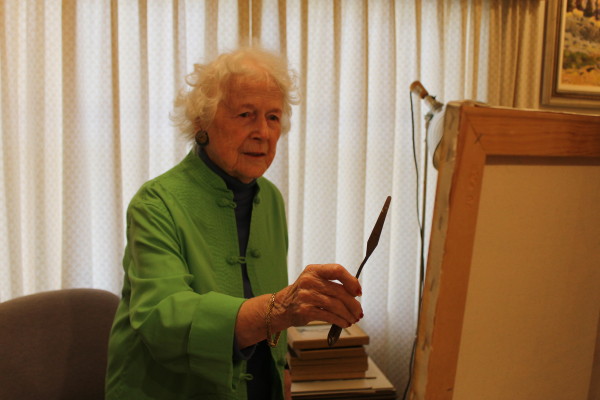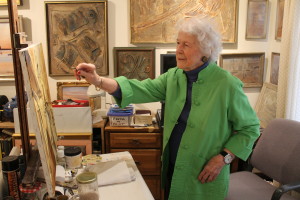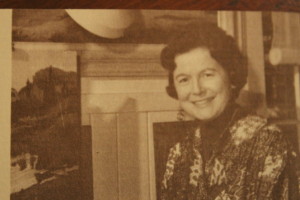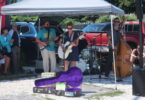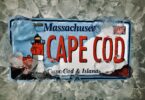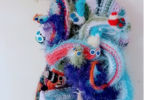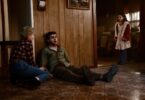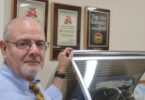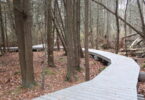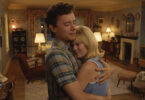CHATHAM – After painting for more than 80 years for others, what does a successful artist do when she is just painting for herself. She paints for others.
Marguerite “Peg” Falconer, 94, has a half-finished painting on an easel in her studio. When it is finished, she hopes to give it as a gift.
That is typical of Peg Falconer, according to friends who have known her for years.
“She’s a giving person. She was always giving back to the town in one way or another,” said Richard Costello, co-owner of Chatham Squire, who has known Falconer since she moved to town in 1968. “She’s as good as gold.”
When asked to describe what Falconer was like back then in the ‘60s, Costello is characteristically blunt. “She was hot,” he said.
He remembered her as seeming very European, wearing an Oriental smock. “She’s always been elegant. Elegant is the word,” he said.
The two business neighbors shared customers because people would sometimes come in to the Squire to have lunch while they thought about buying a painting. “If you bought a painting from Peg, it was the best investment you ever made. You couldn’t ask for better. She’s a wonderful artist,” Costello said.
Her realistic paintings of picturesque scenes around Chatham and the rest of the Cape reflect what today looks like an idealized view of the region. There are no strip malls in a Falconer painting. It is that old Cape Cod of song and memory that customers over the years, many customers over many years, wanted to buy as a cherished memento, an image they would take home with them to remember the Cape.

